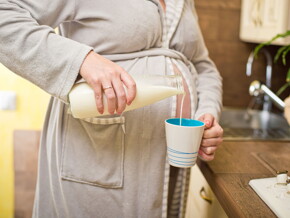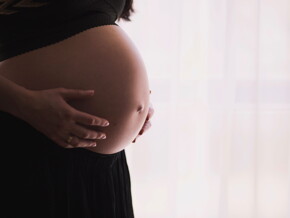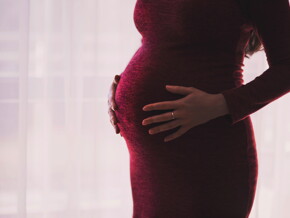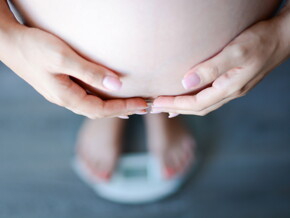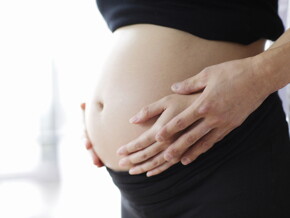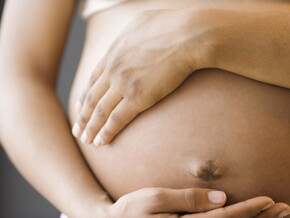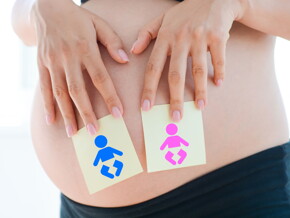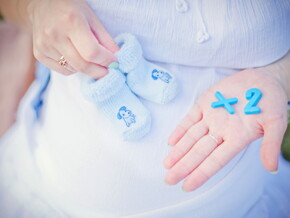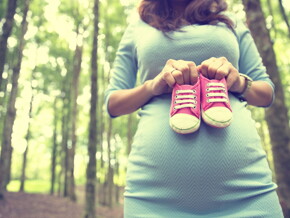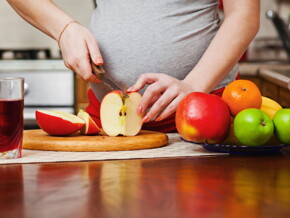
How It's Like to Give Birth: The Stages of Labor
After 9 months of waiting, you will finally be able to meet your baby. Know what to expect from this much-anticipated culmination of your pregnancy - childbirth.
The whole birth process happens in several stages. Learn what usually happens during the 3 stages of labor to help you condition and prepare yourself for childbirth.
Stage 1: Early, active, and transition labor
The first stage of labor is the longest phase, which can last up to 2 to 3 days. This stage is divided into three parts: early, active, and transition.
Early Labor
Early labor begins once your cervix starts to dilate. It begins from 0 to 3 centimeters, and develops until your cervix becomes fully dilated at 10 centimeters. As dilatation progresses, contractions also get stronger. Contractions happen when your uterus tightens and relaxes as it prepares for your baby’s descent. This phenomenon causes you to feel strong, menstrual-like cramps. They are usually mild to moderate during the early phase of labor. Each contraction lasts for about 30 to 45 seconds each, between intervals of 15 to 20 minutes.
For most cases, women are allowed to stay in the comfort of their homes during early labor.
Active Labor
It is during this phase that you will need to go to the hospital or birthing center.
A woman enters active labor when her cervix is about 3 centimeters dilated. During this phase, contractions are stronger and more frequent. Each contraction lasts around 50-70 seconds, and can be felt every 2 to 4 minutes.
You may also feel backaches and bleeding during this time. This happens when your mucus plug, a jelly-like substance that blocks your cervix while you’re pregnant, loosens and falls out.
It is also during active labor that a woman’s water usually breaks. This happens when your amniotic sac, a fluid-filled membrane that protects your baby inside your womb, breaks in time for childbirth. Water breaking varies from one woman to another. While it can just be a trickle for some, others may experience a gush of fluid down their legs.
Transition
The end of the active phase is called transition. The baby tries to push even further and contractions become more and more intense, frequent, and longer. On the average, contractions during the transition phase last for about a minute, and come every 2 to 3 minutes apart. Keep in mind that once you’ve reached this stage of labor, childbirth is not far off and you’ll soon be meeting your baby!
Stage 2: Hello baby!
The second stage of labor, also called the pushing stage, is the delivery of your baby. It begins when your cervix is finally fully dilated. During this stage, contractions may feel a little different and you will feel the urge to push every time they come. They will also slow down, lasting up to 60-90 seconds in between 2 to 5 minutes of intervals.
Listen to your healthcare provider. Only push when you are told to do so and rest as much as you can in between contractions.
How long the birth process takes varies from one woman to another. On the average, delivery is faster if you have already given birth before.
Once your baby is able to come out completely, both nose and mouth will be suctioned to remove any excess fluid. The umbilical cord that connects your baby to your womb will then be cut afterwards.
Stage 3: Placenta is released
The third stage of labor is the shortest one. It is usually called the afterbirth as it begins once your baby is born and ends when your placenta is delivered. After giving birth to your baby, you will still feel contractions, but this time, they will be less painful. These contractions happen in order for your placenta to separate from your uterus until it comes out.
Childbirth is the most challenging yet fulfilling part of pregnancy. After months of carrying your baby in your womb, you will finally be able to hold your child in your arms. As to when your labor will start, no one can tell for certain. A good reference is the due date that was given to you by your healthcare provider.
Source:
http://www.webmd.com/baby/guide/pregnancy-stages-labor
http://www.webmd.com/baby/tc/labor-delivery-and-postpartum-period-active-labor-second-stage
http://www.webmd.com/baby/features/childbirth-stages-delivery













